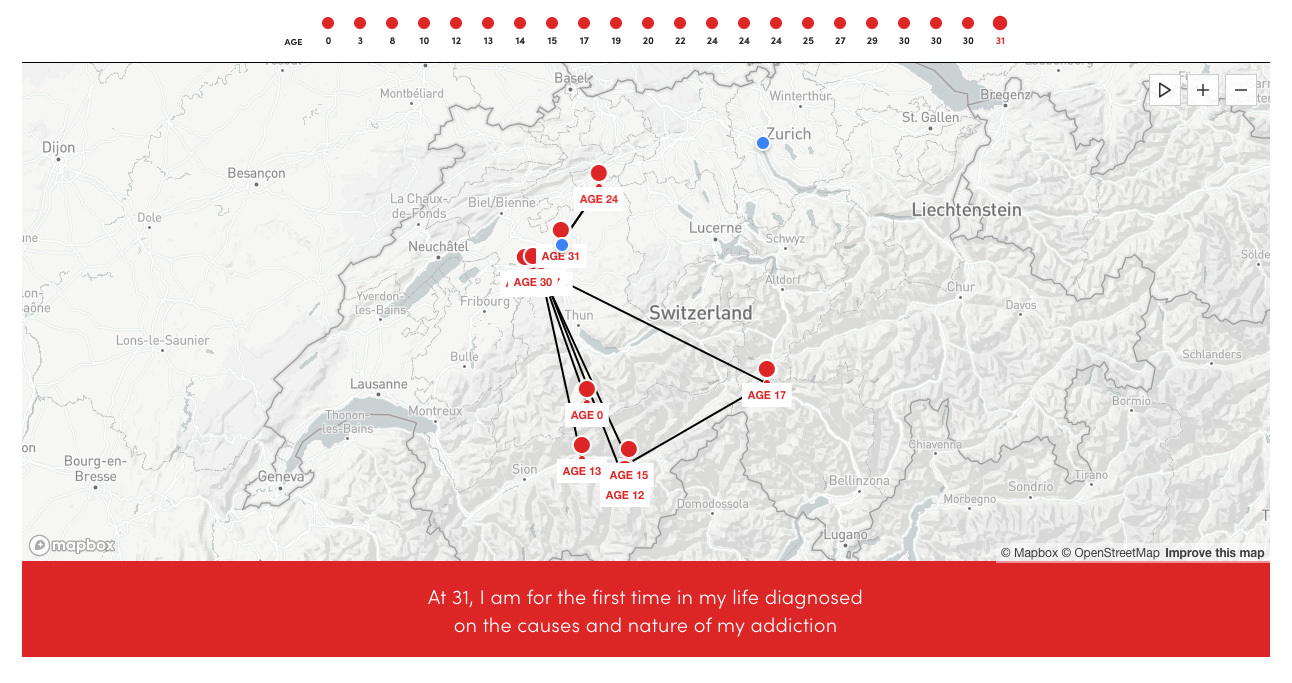initialism for the project title THIS BABY DOLL WILL BE A JUNKIE, which suggests that drug addiction is an unavoidable fate—an ominous prophecy for a human life that has barely begun. On the one hand, it contradicts common notions of freedom, independence, equal opportunity, and individual self-determination as guaranteed, indisputable rights of every individual. On the other, it also criticises a fatal consequence of this ideal, which often goes hand in hand with supposedly being justified in condemning the illness of addiction and the resulting violations of the law as a purely individual matter of personal failure. This failure to mourn those who have already been denied being regarded as a life worth living discredits connectedness and solidarity, that is, the willingness to engage in a shared world in equality and diversity.
born in 1976, Rebecca took part in the Prison Wear Collection project that was held in the women’s correctional facility in Vechta, Lower Saxony, in 2000/2001 and during this time she becomes clean. After completing the project, she entered inpatient therapy for the first time, where she was confronted with the causes of her illness. In the second phase of the therapy under semi-open supervision, she had a relapse, lived on the streets from prostitution, and was imprisoned again a short time later. Rebecca Mertens’ life is characterised by the revolving door effect and is exemplary in this respect, while her radical openness and self-examination are extraordinary. The collaboration with her has been intense from the beginning and continues to this day, despite long breaks. Her biography is the strongest call to register and conduct further research into the living conditions of women in European prisons before and after the onset of their drug addiction disease.
a biographical protocol that uses the Matrix Method to collect facts as soberly as possible which is devoid of emotional suggestion. From the resulting collages of words the biographers formulate sentences in the present tense, so that the events of the past are brought into the present.
as well as graphs, digital drawings, statistics, etc., assemble and visualise empirically collected data and facts from criminal records. The criminal offenses of the respective project participant are depicted in this way (see the diagram Criminal Offenses I), which resulted in conviction and imprisonment, as well as the criminal offenses committed against her, including their consequences (see the diagram Criminal Offenses II). In conjunction with the events given in the “basic” biography and the notes from memory protocols of countless conversations (in person, by telephone, and in writing) that Ulrike Möntmann conducted with the participants, the specific conditions, patterns, and recurring consequences are illustrated and contextualised.
